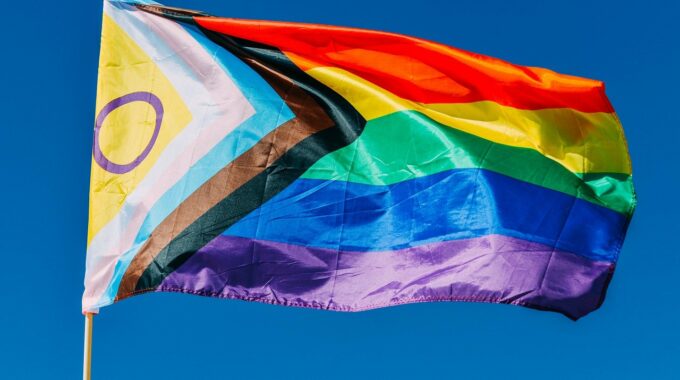Discover how data can help small businesses identify and address employee retention issues by providing deep insights into workplace dynamics.

Managing Diversity
Doing v. Can Do When Managing Diversity
Guest D&I post by David Rowell
An oft unnoticed form of discrimination, and an important aspect of managing diversity, is that of underestimation. Most imbalanced organizations, imbalanced in numbers of some group, are not only are weighted toward the majority in terms of those numbers, but also in power. That may seem obvious given that numbers are often power. Lesser recognized is that fact that many of these same organization are weighted toward majorities in terms of value. This additional weight comes in the form of attention, credibility, priority, etc. Things that subtly further benefit the majority, and subtly further disadvantage the minority group(s).
Let me give you an example from an organization where I once worked. This organization was a scientific organization within the U.S. Government. And this organization not only had a preponderance of scientists on staff, but the scientists held the vast majority of leadership positions. Administrative and technical staff were a very clear minority. Leadership did voice appreciation of all staff and attempted to follow words with actions. But those attempts were honestly halfhearted. The reality was that the minority, say IT folk, were appreciated for what they did. However, the majority was appreciated for what they could do. You could say they were given assumed or advance credibility and appreciation.
Managing Diversity and Appreciation of Potential 
It may not seem like much to differentiate appreciation for what one does, versus what one can do, but the former is an acknowledgement of skill, while the other is appreciation of potential. When more potential is seen in one group over another, opportunities follow.
Let me give some examples; those seen with potential are:
- Resourced beyond the current job
- Trained beyond the current job
- Trusted with stretch work
- Networked with and sponsored more often
Those only recognized for skill, “doing a good job”. Are given minimums: minimum training to do the job, minimum attention, minimum opportunities to move beyond exercising the skills expected and assumed of them. In short, they are seen as workers – or more so tools. Again, the hard work may be appreciated, but only so far as what is being done, with little thought to what can be done.
In the course of a career those that are viewed through a lens of potential move forward; those viewed through a lens of “doing good work”, stagnate.
In 2015, HRM Canada reported that “85% of workers feel they could be more efficient at work, but because of skill underutilization, do not live up to their full potential.” And around $23,600 worth of productivity per employee is lost annually as a result of underutilization.
How do we change this script? How do we recognize the potential of not only the favored group, but of all?
If only one thing is done when managing diversity: Managers – know what your team members are capable of.
This may seem obvious. Likewise, the solution may seem obvious … talk to staff more often and get to know them better, especially in determining interests and capabilities. What is not obvious is bias in this toward the favored majority group. Again, in most organizations leaders will come from the majority group and perpetuate conscious or unconscious favoritism. It is human nature to trust and be closer to those like ourselves. We are more willing to talk to, trust, and view in favorable light, those like ourselves. And in turn grant more opportunities to those like us. Employees in minority groups get less dialog and subsequently less trust and opportunity.
The best recommendation is for more frequent manager and employees 1-on-1s, especially with those is minority and non-power groups. managers need to engage in more dialog with these employees, even though a manager may have less in common with, and less understanding of the work of these employees. Sure, it’s easier to talk to those like us, but in making a conscious effort at real dialog with those outside our group and understanding it can be learned what can be done, rather than simply seeing what is being done.
The shift away from what is being done, to what can be done is very powerful. And is most powerful when this is applied to all employees, not just those in the favored majority.
Meet David Rowell 
Trainer, Facilitator, Coach and Diversity Program Manager: With the U.S. Government David worked passionately as the Chair of a National Diversity Council. In this capacity David lead the diversity and inclusion program on behalf of offices and staff personal nation-wide. He led the group of National Council Representatives and led the charge with the initiatives born of the group. In working hand-in-hand with government agency executive leaders to instill, foster, and improve broad Diversity and Inclusion programs David knows what makes large diversity programs successful.
“Ultimately what separates a good diversity and inclusion program from a lesser one is identifying core barriers and finding multi-pronged approaches to break them down individually. It takes creativity and perseverance, and above all getting as many passionate and dedicated people as possible to commit to results regardless of obstacles”.



